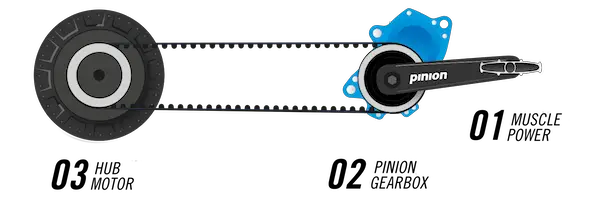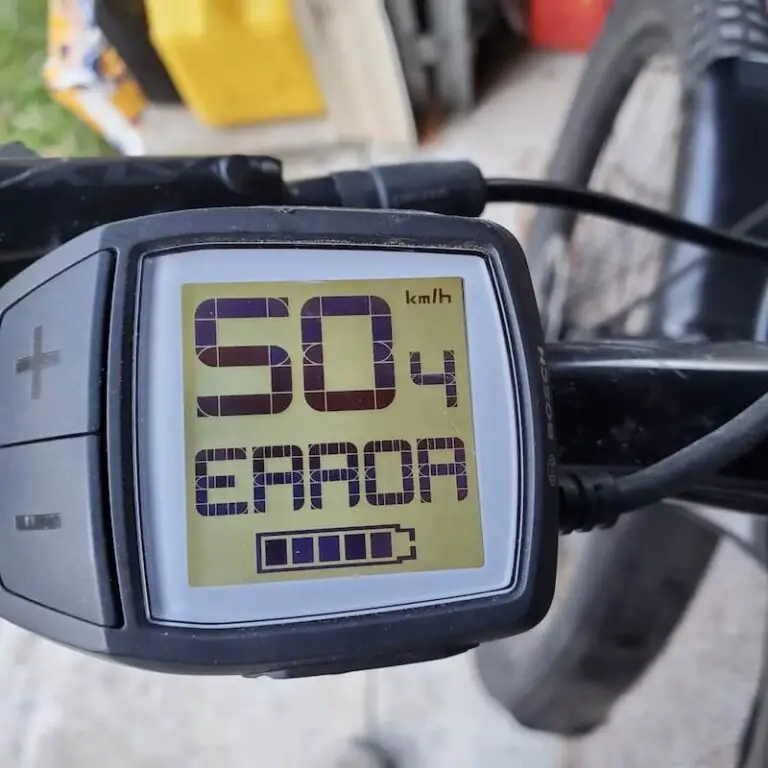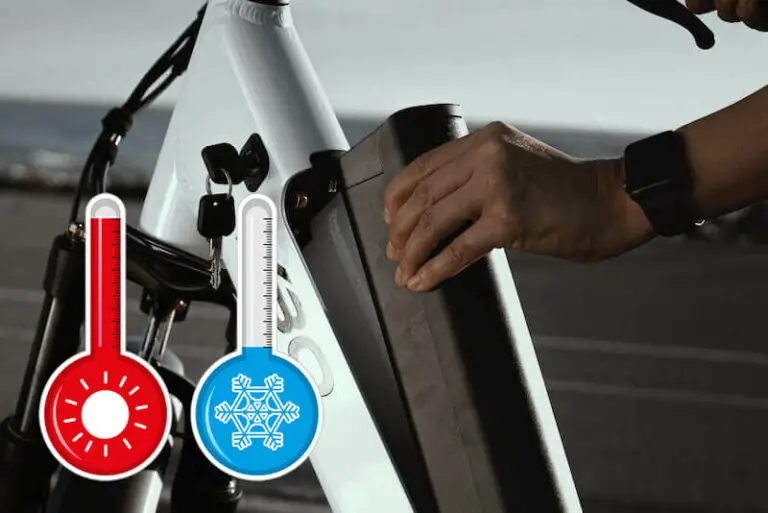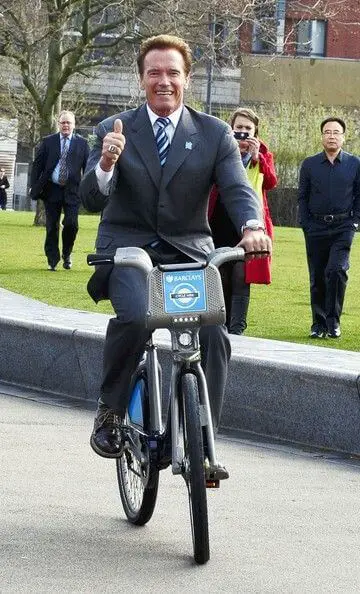What should you look for when buying an electric bike?
The electric bike has made a big breakthrough in recent years. What should you pay attention to when buying an electric bike? We will be your guide.
An electric bike is ideal for relaxing trips, cycling holidays in your own country, and for commuting to work. How does an electric bike work, and what should you pay attention to when choosing an electric bike?

How does an electric bike work?
An electric bike contains an electric motor that provides pedal assistance. This means that the energy you provide by pedaling is amplified by the motor. This allows you to achieve the desired speed with less effort. On a steep climb or with heavy wind the motor will give you a welcome boost, and you can cover longer distances without getting tired.
The pedal assistance only works as long as you pedal yourself. If you stop pedaling, the motor switches itself off. An electric bike can therefore not drive autonomously without you pedaling. The pedal assistance is also limited to a certain speed: 15 mph – 25 km/h for a regular electric bike and 30 mph – 45 km/h for a fast electric bike, a so-called ‘speed pedelec’. If you go faster, the motor switches itself off. You can go faster than 15 mph – 25 km/h with an electric bike, but from that point on it has to be done with muscle power!
On most bikes, you can set the degree of pedal assistance via a switch or onboard computer by choosing a riding mode. Often they have names such as Eco, Tour, Sport, and Turbo or just numbers 1 to 4. The more pedal assistance, the stronger your own pedaling effort is amplified by the motor.
Which electric bike do you need?
An electric bike is more expensive than a mechanical bike without a motor. That is why it is important that you think carefully about which type of bike you need. This prevents disappointment afterward. In this article, we explain which questions you should ask yourself beforehand. Think about it for a moment, and take these answers to a bike dealer near you. They can advise you on the model that suits you best.
You can also rely on tests of electric bikes. But be aware, there is no such thing as ‘the best’ electric bike that is suitable for everyone and for every use. It is also best not to buy an electric bike without having taken it for a test ride.
What kind of cyclist are you?
Do you live in the city and are you looking for a bike for short trips and for shopping? Do you want to commute every day between your home and work? Do you want a bike to take longer trips at the weekend, or to race with your faster bike buddies? Or would you like to conquer mountain bike routes? There is an adapted type of bike for every type of use.
Choose the right type of bike for the use you have in mind. If you only do short rides in the city, you don’t need a fast speed-pedelec. If you never travel long distances, it’s not that important that the battery lasts more than 60 miles – 100 kilometers.
Keep in mind that your cycling behavior can change when you have an electric bike. Studies have shown that owners of an electric bike use it more often and for longer distances than a classic bike. That is why it can be wise to buy a model ‘to grow with you’.
What type of electric bike do you want?
Now that you have thought about where and how often you want to cycle, you can choose the type of bike that suits you best. These are the most common types.
Electric city bike
The city bike is a sturdy electric bike, intended for daily traffic in and around the city, to shops, to school, and to work. It combines good stability with a high seating position and great driving comfort.
Electric touring bike
An electric touring bike is a model that you can comfortably cover longer distances with, and often has more gears than a city bike. It is suitable for carrying a lot of luggage, and you sit a little more sporty than on a city bike.
Speed pedelec
A speed pedelec or fast electric bike offers pedal assistance up to 30 mph – 45 km/h. These higher speeds make them suitable for long routes along roads that allow such speeds, such as bike highways.
Electric mountain bike (e-MTB)
An electric mountain bike is equipped with wide tires with lots of thread and allows you to go off-road. A suspension fork absorbs shocks. The electric motor is especially useful when climbing.
Electric road bike
An electric road bike has a light frame and road handlebars. Anyone who wants to set speed records with it will have to do so on their own muscle power because most models are limited to 15 mph – 25 km/h.
Electric folding bike
An electric folding bike is useful for commuters who want to take their bike with them on public transport, or in the trunk of the car to a carpool spot on the outskirts of the city.
Electric cargo bike
An electric cargo bike is a handy alternative to the car for transporting young children to school or sports club, and for transporting groceries. In cities, they are increasingly used by courier services.
Where is the motor of an electric bike?
As mentioned, the big difference between an electric and a regular bike is the electric motor. It can be in three places: in the front wheel, in the rear wheel, or in the middle. Each position has advantages and disadvantages.
A front-wheel motor is easy to install and cheaper than a mid- or rear-wheel motor. But the bike becomes more difficult to steer because the front wheel is heavier. And because of the ‘front-wheel drive’, the risk of skidding in corners and on a slippery road surface increases a lot. Because of that big disadvantage, a front-wheel motor is used less and less.

Most e-bikes on the market have a mid-mounted motor. As a result, the center of gravity of the bike is central and low, which is favorable for stability and maneuverability. This also makes it easy to lift the bike, for example, to put it on a bike carrier. The pedal assistance of a mid-motor feels very natural: the power you put on the pedals is immediately amplified on that spot. A mid-engine does cause a little more wear on your chain and gears because more power is applied to it.

A rear-wheel motor is whisper-quiet and puts less strain on your chain and gears than a mid-mounted motor. Thanks to the ‘rear-wheel drive’, cycling feels very natural and there is almost no risk of skidding. When braking, you can recover energy, so that the battery lasts longer. The disadvantage of a rear-wheel E-bike is that the rear wheel is more difficult to disassemble so that you cannot quickly replace a flat tire.

Which gears for your electric bike?
An electric bike with a front-wheel or mid-mounted motor can be equipped with a hub gear or a derailleur gear.
A hub gear is built into the rear wheel and works with gears built into the gear itself. As a result, a hub gear requires little maintenance, because the sprockets cannot get dirty. A hub gear is less suitable for heavy climbs. This makes hub gear a good choice for city bikes and for touring bikes if you don’t get up to many steep slopes. A hub gear is not possible on e-bikes with a rear-wheel motor, because there is already a motor in the rear wheel.

With sporty bikes such as mountain bikes and road bikes, you will almost always find a derailleur gear, with the sprockets on the side of the wheel. There are more possible combinations of gears, making it easy to find the right gear for every type of terrain. The disadvantage is that a derailleur needs cleaning and maintenance more often: if the sprockets become too dirty, a derailleur works less efficiently.

On some electric bikes with a rear-wheel motor, you will find a Pinion gear. That is a gear device that sits around the bottom bracket, in the middle of the bike. A Pinion is built in the same way as a car gearbox, with gears on different shafts. A Pinion gear requires almost no maintenance: change the oil every 10,000 kilometers and you’re done.

What to watch out for regarding the battery of your electric bike?
Most electric bikes are equipped with a rechargeable Li-ion battery. How long the battery lasts depends on the capacity (measured in Watt-hours, abbreviated Wh) but especially on the use. The more pedal assistance you use, the higher the consumption: in Eco mode (with minimum assistance), the battery lasts two to three times longer than in ‘Sport’ or ‘Turbo’. The terrain and the (head) wind also influence the range.
If you only take short trips, you don’t need a big, heavy battery. If you want to make long cycling holidays over hilly terrain, a battery with a large capacity is important. You can therefore consider purchasing a second battery to double your range. Keep in mind that it can take three to six hours to charge an empty battery, so start charging it on time to be ready for the next day. Read our tips to get more miles out of a full charge here.







